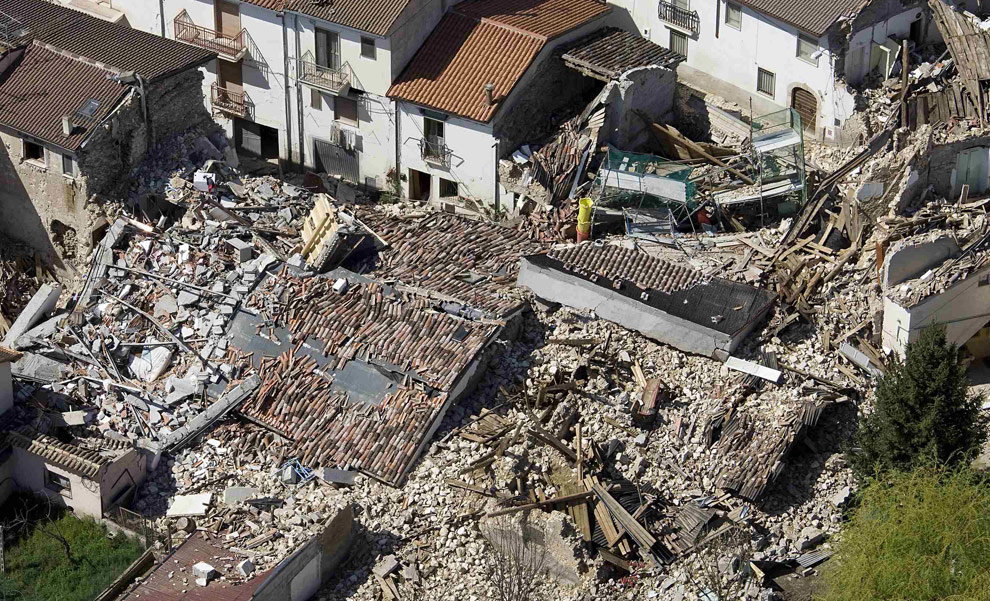Type of disaster addressed: Three high-impact seismic disasters, Abruzzo, 20119, Emilia, 2012, and Italia Centrale, 2016
Type of danger addressed: Earthquake-damages of critical infrastructure (dwellings, social service provision facilities) and techno-economic basis for life sustainability, citizen evacuation to safety, and accommodation in temporary houses away from home places and familiar environments
Special vulnerable groups: All people in disaster affected areas, families with children, lonely elderly, physically and/or cognitively impaired people, and immigrants
Other groups / communities: Other population in vicinity of discharge, local authorities, industry and agriculture, public services sector (health care, education facilities), and other life-lines.
Tools or technologies used: Social innovation comprising measures for reducing the social costs of hazard-induced displacement through changing attitudes of vulnerable groups to temporary housing and life conditions in safe locations
Method of analysis: Stakeholder workshops, analyses of census data, evacuee survey, laboratory experiments to be validated by a Stakeholder Forum before proposed as policy reducing social costs of (temporary) displacement.
Real-life condition: Knowledge of what could be done better considering the major cognitive biases of both, the vulnerable population and the civil protection authorities. How to reduce the social costs of hazards by attending to special needs of socially fragile groups, e.g., elderly from small rural communities, but also from other population strata.
Beneficiaries: All people affected by natural disasters, professional rescuers and low enforcers, public authorities at provincial, national and EU levels. Voting public through higher awareness of high social cost of hazards and needs for preparedness investments.
Innovation outcomes: Higher social resilience of the most fragile population through improvement of life conditions after evacuation.
